Post Budget Reaction From Healthcare Sector Experts – 2023-24
Dr. Minnie Bodhanwala, CEO, Wadia Hospitals “The budget keeps us on track while providing universal access to health facilities. The rollout for screening for Sickel Cell anaemia of 7 crore people in the 0-40 years age
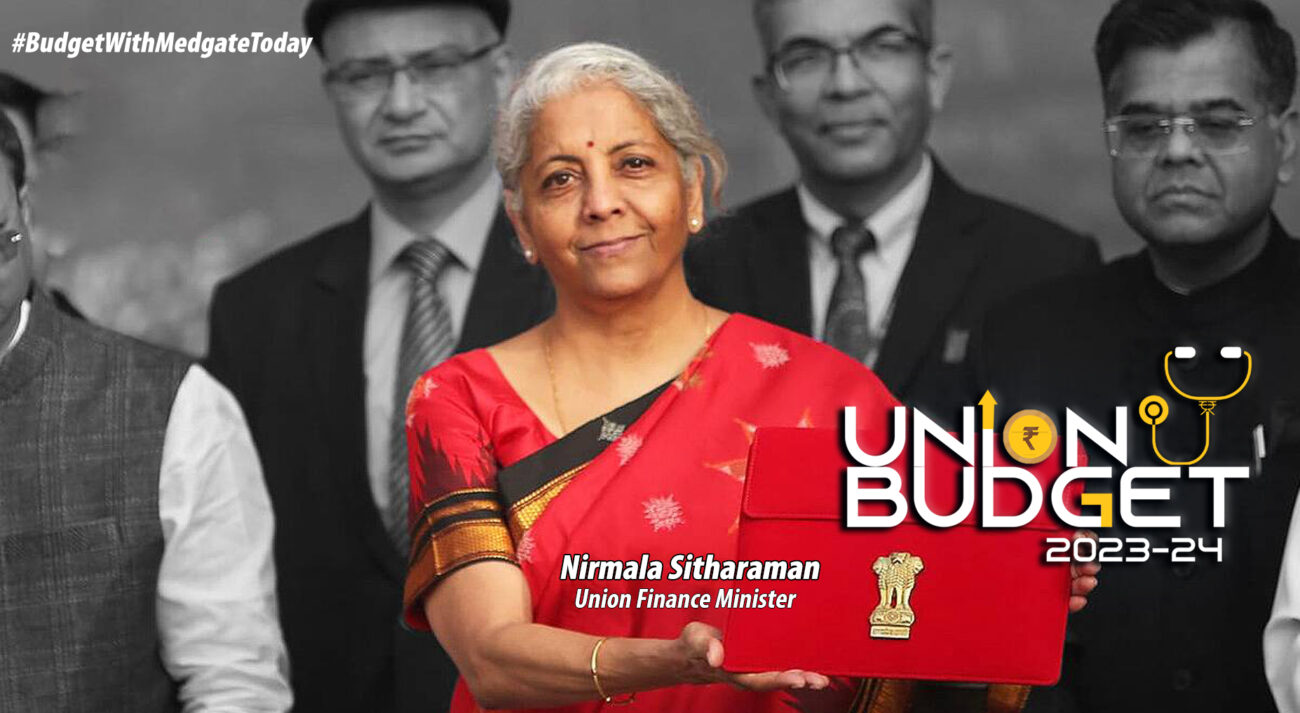
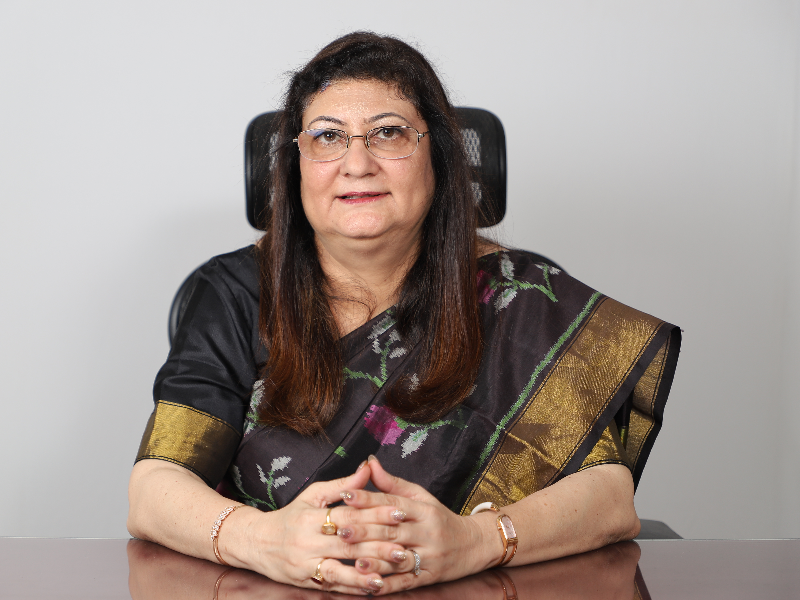
Dr. Minnie Bodhanwala, CEO, Wadia Hospitals
“The budget keeps us on track while providing universal access to health facilities. The rollout for screening for Sickel Cell anaemia of 7 crore people in the 0-40 years age group in affected tribal areas is a good move. The fact that this rare disease found a place in the budget is a testament to show that the government is on a mission to eradicate the disease and make access to quality healthcare services a reality for India. It also makes me happy from the bottom of my heart to know that more than 220 crores of COVID-19 vaccines for 102 crore people were administered. This will in turn be invaluable in strengthening our fight against non-communicable diseases. In addition to that the effort to increase skilled healthcare personnel by establishing 157 new nursing colleges in core locations gives hope for manpower growth in the healthcare sector of India. At Wadia Hospitals, we look forward to contributing to the success of these path-breaking initiatives. Overall, a very well thought out budget that has heard our voices and needs of the healthcare sector of the country.”
…………………………………………………………………………………………………………………………………………………………………………………………………………………………………………………………………………………..
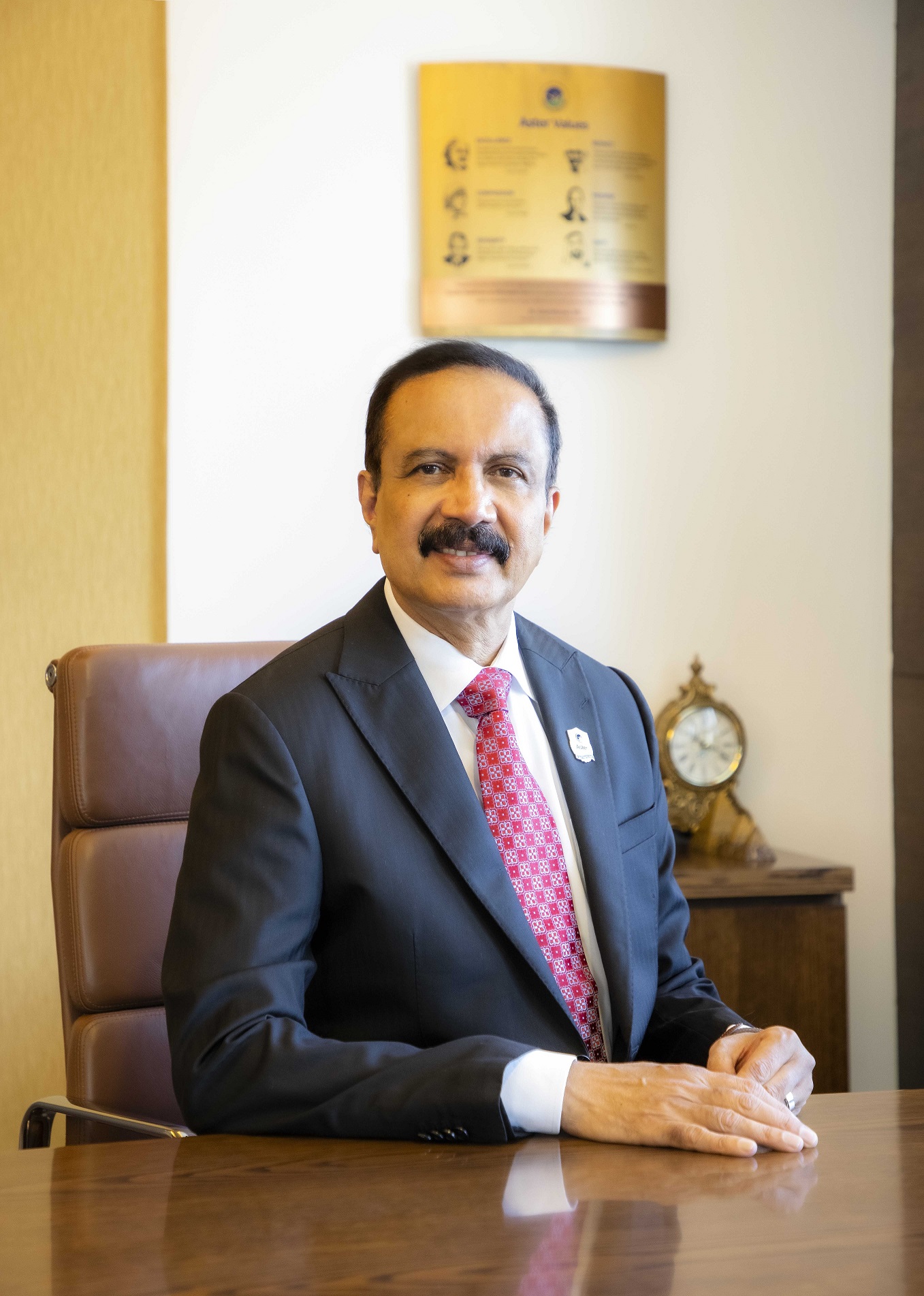
Dr. Azad Moopen, Founder Chairman and MD, Aster DM Healthcare
“The Union Budget 2023-24 has excellent focus on skill development and addresses one of the core challenges that healthcare industry is facing today – shortage of nursing staff, through the announcement to start 157 nursing colleges alongside existing medical colleges. According to a World Health Organisation (WHO) report published last year, India would require at least 4.2 million more trained nurses by 2024 to take care of its over 1.44 billion expected population. The current ratio of nurses and the population stands at a poor 1.7 nurses per 10,000 persons, which is much lower than the WHO recommendation of 4 nurses for 10,000 persons.
However, the overall impetus for the healthcare delivery sector is missing. We were hoping for an increase in budget allocation for the industry which is essential to fulfil the need gaps. The need to have more hospitals and healthcare facilities in rural and suburban areas to meet the rising demand remains untouched. Hope the government would put more focus on public- private partnerships (PPP) to address this.
We were also hoping for concessions for NRIs residing abroad like reduction on TDS for those who have a source of income in India and are required to pay taxes in the country they reside in, flight prices, health scheme for those who are returning to India to retire, among others. However, these remain untouched as well.”
…………………………………………………………………………………………………………………………………………………………………………………………………………………………………………………………………………………..

Chander Shekhar Sibal, Executive Vice President & Head of Medical Division at FUJIFILM India
We welcome the Union Budget 2023 and are pleased about the promising move by the Finance Minister in the healthcare sector by allocating an increased expenditure in the budget towards healthcare. The announcement of dedicated multidisciplinary courses for medical devices to be supported by the government in institutions is a welcome step. It will ensure availability of skilled manpower for futuristic medical technology which is a much-needed step to ensure that we have trained manpower to handle the growing need of high-quality healthcare in India.
………………………………………………………………………………………………………………………………………………………………………………………………………………………………………………………………………………………….
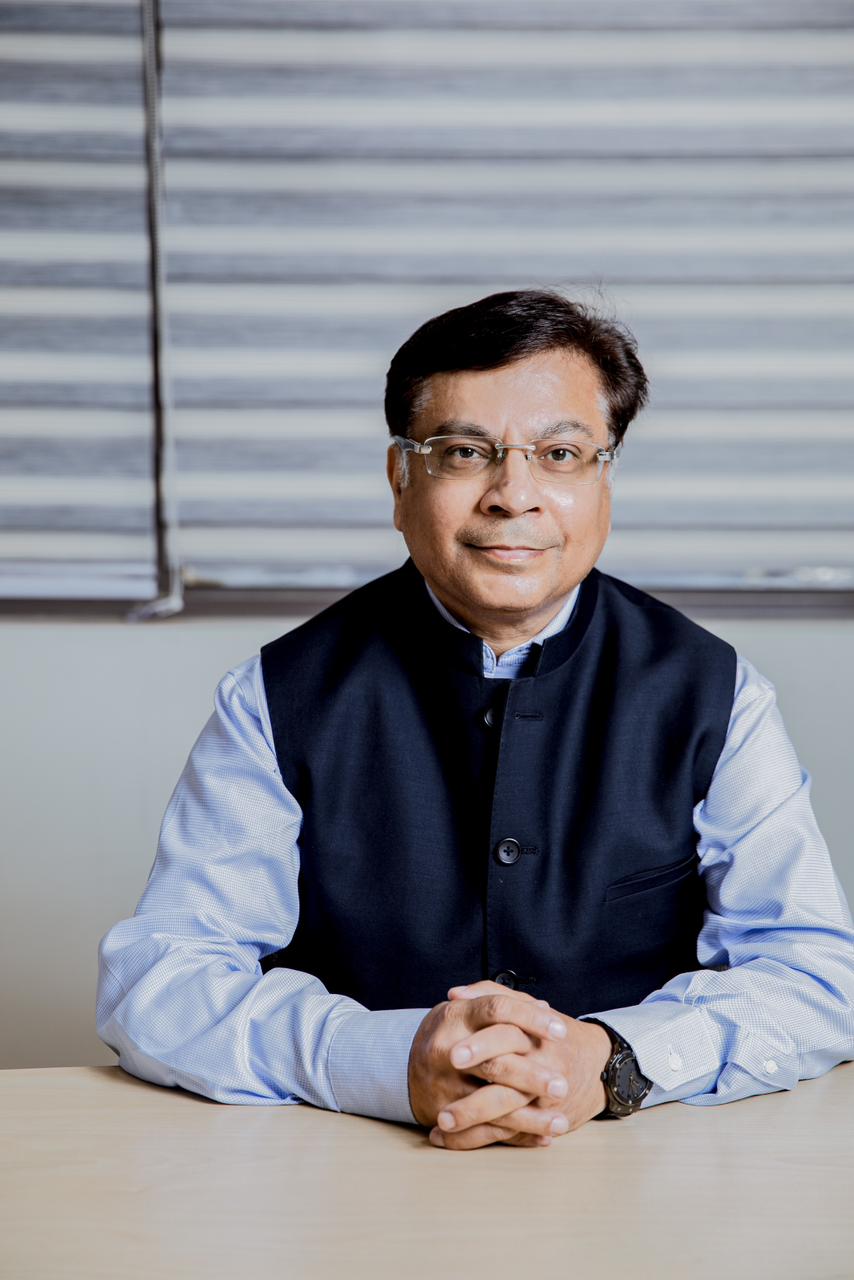 RAJIV NATH, Forum Coordinator, Association of Indian Medical Device Industry (AiMeD)
RAJIV NATH, Forum Coordinator, Association of Indian Medical Device Industry (AiMeD)
Union Budget 2023 – Disappointing Budget for Medical Devices Industry
No measures to end 80-85% Import Dependence forced upon India
Mr. Rajiv Nath expressed deep disappointment and anguish over the Union Budget 2023 giving cold shoulder to the Indian Medical Device Industry.
It is disheartening that against our optimistic expectations and assurance by the various Govt. Departments , the government has not announced any measures to help end the 80-85% import dependence forced upon India and an ever-increasing import bill of over Rs. 63,200 Crore.
Though our honourable Prime Minister urges India to become Atmanirbhar in Medical Devices yet the medical devices imports continued to grow at an “alarming” level by 41 per cent in FY22. India imported medical devices worth Rs 63,200 crore in 2021-22, up 41 per cent from Rs 44,708 crore in 2020-21, as per data from the Union Ministry of Commerce and Industry.
Sadly, the Govt. didn’t even implement the recommendations made by the Parliamentary Committee on Health. If the Govt. implements even 70% of the recommendations, we could have seen a reversal on the import dependence and growth of the domestic industry.
It is very painful to see the plight of domestic industry players shutting shop as the local industry cannot compete with cheaper Chinese imports.Imports of Medical Devices from China went up by nearly 50% last year from 9000Cr ₹ to 15000 Cr ₹ on account of low duties and convenience to import. These are the same domestic manufacturers, when imports got disrupted during COVID-19 crisis, the Govt. relied heavily on to meet the rising demand of essential Covid items for the country pushing the Indian medical devices sector to become self-reliant.
The Indian Medical Devices Industry’s expectations were:
1. Separate Department of Medical Devices.
2. Graded increase of custom duty to 10-15% from current zero to 7.5%
3. Shifting from an 8 Digit HS Code to a 10 Digit HS Code as done by USA and Europe to give more granular data for enabling better analysis and policy making
4. Reduced GST on 18% where being applied to 12% as Medical Devices are not luxury goods.
5. Trade Margin Monitoring: The purpose of low Duty was to help consumers get affordable access to Devices. This objective is not realized if consumers will be charged a high MRP of 10 to 20 times import landed price.
We had been hoping that this will be a Make in India push budget for an Atmanirbhar Bharat but we, The Indian Medical Device Industry are disheartened not to hear any impactful announcements for encouraging Makeinnindia of Medical Devices in India .
“The only positive announcement was plans for skilling of manpower for manufacturing of Medical Technologies.”
The Indian medical devices industry has the potential to reach $50 billion by 2030. We request kind consideration of Govt. of India for encouraging domestic manufacturing to be sustainable in long term for becoming AtmaNirbhar and to address National Healthcare Security that was severely exposed at the onset of COVID leading to lockdown of country as Govt n entrepreneurs scrambled to produce COVID19 critical medical devices as the import dependent supply chains got disrupted.
“We can only be hopeful that the fine print of the Union Budget would possibly act upon our recommendations on levy of cess to enable nominal protection for investors and commercial viability to produce in India which is challenging if basic custom duty is 7.5% or lower ; to realise our vision to be among the top 5 Manufacturing Hubs in the world for medical devices and align this to our PMs vision of being Atmanirbhar .” Concluded a despondent Rajiv Nath.
…………………………………………………………………………………………………………………………………………………………………………………………………………………………………………………………………………………..
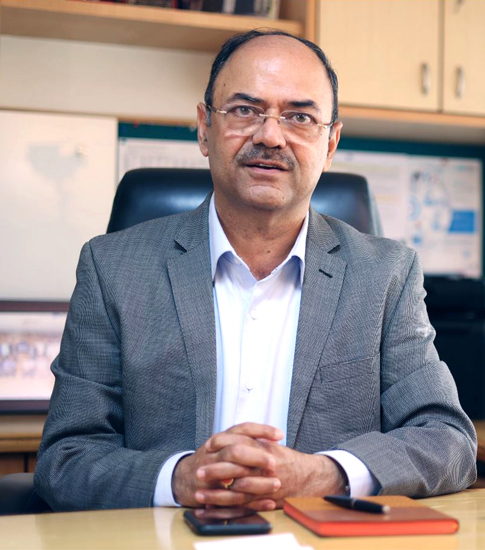
Sunil Khurana – CEO & MD, BPL Medical Technologies
As our nation treads towards the ‘Amrit Kaal’, GOI has laid a good focus on some of the core needs of the health & wellness sector, emphasizing the preparedness for a broadened health infrastructure and tech-aided solutions. Coming to the health tech front, the decision to offer ICMR labs & other research facilities to private players would enable faster development of domestic manufacturers. There is a welcomed focus on promoting the use of AI in health tech. The budget provided a fine move for establishing dedicated multidisciplinary courses for medical devices with the support of existing institutions, in order to ensure the availability of skilled manpower for futuristic medical technologies, high-end manufacturing, and research that aims at realising technical advancements in the sector. However, besides establishing 157 nursing homes, it is quite disheartening to see no further major announcements in the healthcare space.
It is disappointing that against the optimistic expectations of the medical device manufacturers, no announcement was made to attack 80+ percentage of import dependency. In this budget, local manufacturers certainly expected import duty to go up by a minimum of 10% across the range of products being manufactured in India to somewhat raise the entry barrier of externally low-cost poor quality products, which mostly use local cheap electronic components and enjoy the benefit of mass production on the cost of producing. This will work against the motivation to aggressively establish Indian medical manufacturing and feels completely against the approach of Atma Nirbhar. Looks like the GOI’s promise and focus during the COVID-19 pandemic of going aggressively self-reliant in the Medical Devices sector is diluted.
………………………………………………………………………………………………………………………………………………………………………………………………………………………………………………………………………………………….

Jatin Mahajan, Secretary – Association of Diagnostic Manufacturers of India (ADMI), Managing Director – J Mitra & Company
The Central Government has taken due cognisance of the contributions made by the Medical Devices segment to the overall healthcare industry in general and the Covid period in particular. The Government has made specific declarations pertaining to the industry, and many of these are in line with recommendations that we have been making to the Government. All these developments will promote the medical devices industry and create a favourable business environment
ICMR Labs across the country will be made available to the corporate and manufacturing sector for the development of Medtech products. This will specially be beneficial for the Medtech start-up ecosystem which is cash-strapped and may not have adequate resources to set up their own dedicated laboratory infrastructure
Multi-dimensional Medical Devices segment courses will be introduced for the holistic development of all facets of the Medtech segment. This will create a pool of qualified talent resource for the MedTech segment which has been facing a dearth of qualified manpower.
The Government has also announced the setting up of 100 labs for the development of 5G applications. The digital ecosystem is key for the delivery of the MedTech solutions, and MedTech – Telemedicine – Digital Health will majorly benefit from this move.
The Government has announced the removal of 39,000 legal provisions and compliances, and this will certainly contribute to the Ease of Doing Business aspect. We are hopeful that many of these will be pertaining to the healthcare – medical devices segment. The Government has also announced the reduction of Indirect Taxes / Custom duties from 21 % to 13 %. We are yet to analyse the fine print and actual affected components, but are hopeful that it will address some (if not all) that affect the medical devices segment, especially raw material.
The Government’s announcement promoting startups and increasing the period of carry forward of losses from 7 years to 10 years will positively impact the start-up ecosystem, which includes the healthcare – medical devices segment. To unleash Innovation and research by Startups and Academia, a National Data Governance Policy will be brought out. This will enable access to anonymized data and will further promote innovation and R&D within industries across board.
The FM has announced the setting up of 3 Centres of Excellence for Artificial Intelligence in top educational institutions. This will drive the make in India initiative, and since the MedTech segment is has AI as a potent growth component, we are hopeful of this driving a positive growth for the medical devices segment as well.
New Schemes are also being announced for the promotion of R&D in the pharmaceutical segment through setting up of Centres of Excellence. We are going through the various aspects of the budget, and will be able to provide a better reaction after analysing all the aspects and the fine-print
…………………………………………………………………………………………………………………………………………………………………………………………………………………………………………………………………………………..
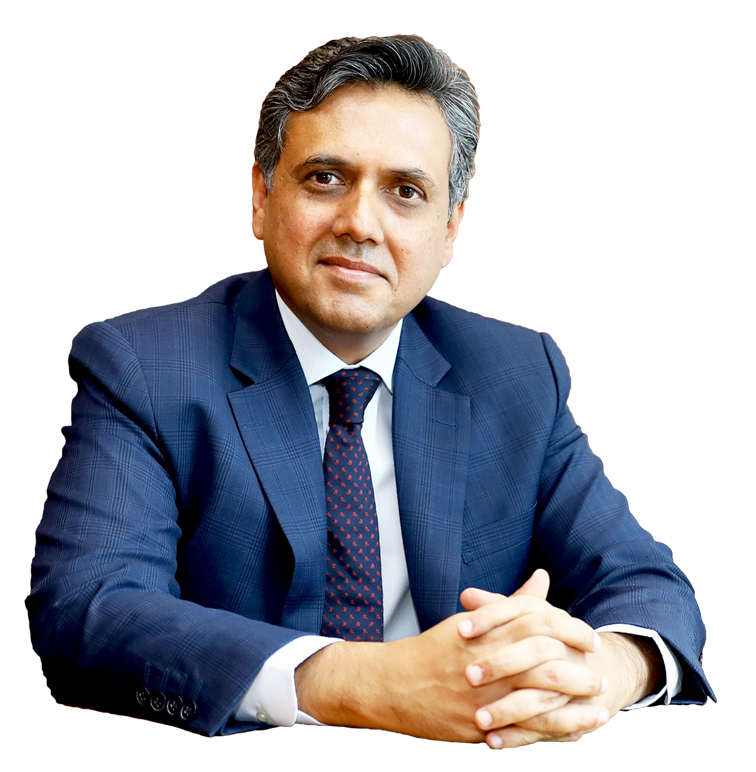
Anish Bafna, CEO & MD, Healthium Medtech
Healthium Medtech welcomes the 2023-24 Union Budget, as a progressive one for addressing India’s medical skill gap. The budget rightly calls out the need for dedicated medical training to ensure a skilled work force for resilient and futuristic medical technologies. The low doctor-to-patient ratio in the country demands focus on key areas, centred around upskilling caregivers, standardizing medical procedures and access to hands on training with high quality medical devices. The call to action for leading industry players to collaborate in interdisciplinary research will result in the development of cutting-edge applications and scalable solutions. Medical faculty upskilling to adhere to the evolving market and industry changes remains pertinent. The allotment of 157 new nursing colleges will serve as a vantage point for industry.
A symbiotic relationship between surgeons, nurses, academia and medtech firms can be a starting point for quick adoption of new technologies like 5G and AI in healthcare. The availability of research laboratories to public and private sectors from Indian Council for Medical Research will foster innovation and R&D. The National Data Governance Policy will certainly provide a new lease of life for academia and start-ups to build acumen and capability in the fields of Innovation and Research. The new program to promote research and innovation in pharmaceuticals as Centres of Excellence (CoEs) will influence the industry sentiment and encourage investments for R&D. As we progress into ‘Amrit Kaal’, healthcare as an industry needs to come together and upskill professionals for the future, to meet the desired patient safety standards.
…………………………………………………………………………………………………………………………………………………………………………………………………………………………………………………………………………………..

Dr. Ravi Gaur , MD, Founder & Director DRG Path Lab, New Delhi & Chairman Medical Advisory Committee Unipath Specialty Laboratories Ltd, Ahmedabad
The Union Budget 2023 – ‘Amrit Kaal’ vision is well appreciated and in line with creating sustainable healthcare infrastructure, technology supported solutions and ensure system preparedness to handle increasing healthcare needs of the country. “Amrit Kaal Budget” is good but a bit of more “Amrit” needs to be infused in the healthcare for wellness and wellbeing of human capital.
India is facing a massive crunch in the number of nursing staff, which makes up a major human resource in the healthcare. Strong focus on skill development and setting up nursing training facility is a very welcomed step. Launch of mission to eliminate sickle cell anaemia by 2047 ,is good step in right direction and will help in creating awareness and screening of affected population, spl in tribal areas but will need strong collaborative efforts of public and private sector involvement. Ramping and opening up R & D for healthcare in select ICMR labs , will encourage research and innovation but we need to understand the working modalities and finances. Nutrition driven special programme called the PM-Pranam,is likely to help reducing the burden lifestyle diseases , but the benefits needs to be closely monitored for better health outcomes and affordability.
However, the long pending demand of 0% GST in healthcare, tax incentives for creating health care infrastructure in tier 3-4 cities (urban-rural interface), increased allocation for preventive health care, neighbourhood wellness centres, universal health insurance, new technology based personalised diagnostics which are essential and futuristic step for improving quality of life and reducing burden on overloaded existing healthcare facilities, have been overlooked. We were definitely looking for more fund allocation on all these fronts. India needs higher allocation in the health sector to for improved accessibility to quality healthcare. The investment in healthcare is an investment in human capital, which is must to build up a healthy nation, which in turn will ultimately impact the economy of the nation.
…………………………………………………………………………………………………………………………………………………………………………………………………………………………………………………………………………………..

Anjan Bose, Founding Secretary General, NATHEALTH, Former President of Philips Healthcare & Consumer Lifestyle, currently Advisor to eminent organisations like FICCI Healthcare/MedTech, Tata Medical and Diagnostic
“That the first Budget in Amrit Kaal has been balanced and positive, is corroborated by the significant jump in both SENSEX and NIFTY 50…Healthcare got it’s sunshine moments and good focus through 157 new Nurses college, mission to eliminate sickle cell anaemia, incentivising Pharma R & D, dedicated skill courses for futuristic Medical technologies,high end manufacturing…Announcing setting up of 3 centres of excellence for Artificial Intelligence with the vision of “Make AI in India & make AI work for India” should have positive transformational impact across segments in Healthcare sector..
We hope the focus on increasing Healthcare expenditure as a percentage of GDP in the post pandemic period continues…”
…………………………………………………………………………………………………………………………………………………………………………………………………………………………………………………………………………………..
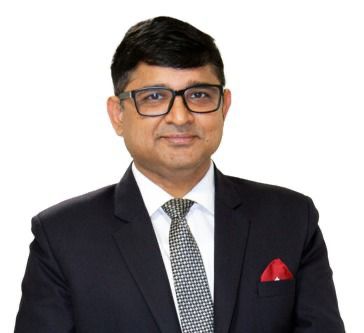
Dr. D K Gupta, Chairman, Felix Hospitals, Noida
The budget will prove to be a milestone in ensuring the best health facilities
In the budget, Union Finance Minister Nirmala Sitharaman has given the health sector particular attention. A national ecosystem for digital health will also be built, and it will use an open platform. According to Dr. DK Gupta of Felix Hospital, 157 new nursing colleges would be constructed concurrently with the 157 medical colleges that were already founded in 2014. By 2047, a mission will be established to end sickle cell anemia. In the impacted tribal communities, 7 crore persons up to 40 years old would be screened. The government is working extremely hard to eradicate this illness (anemia). There will be new initiatives for pharmaceutical research being developed. Research funding will be promoted. Public and commercial medical institutions will have access to facilities in a few of the ICMR’s laboratories for research. In the Union Budget for 2022–2023, the Ministry of Health and Family Welfare received Rs 86,200 crore. Comparing this to Rs 73,932 crore in FY 2020–21, there was a growth of around 16.5 percent. Unique health identities, the digital health provider and facility registries, and open access to medical facilities. The country’s mental health will be strengthened thanks to this funding, which will also boost research and give the general people access to the best medical facilities. To handle the present pandemic, hospitals with enhanced treatment are required. To increase this industry’s level of independence, we must improve health services, expand new technologies, and prioritize research. On a national scale, we require funding for this. For outbreaks like the Corona, we must be extremely well-prepared. To accomplish this, the health industry has to have a robust infrastructure. To boost the healthcare system, we also need skilled labor. Healthcare isn’t mentioned all that much in the budget, if at all. This number is less than one, which may surprise you. In comparison to the World Health Organization’s criteria, this is substantially lower. There is a severe lack of doctors in the nation. Only 1,40,000 allopathic physicians practiced in the nation in 2018. The same is true for nurses and other medical specialists. Recently, various actions were done to increase the number of medical student seats. Hospitals can be found in both the public and private sectors in major cities. In medium-sized and small cities, it is challenging. There, it will be necessary to persuade the private sector to fund hospitals. Investment is necessary for the total domestic manufacture of medical supplies and raw materials. Healthcare is a kind of sector in which technology is constantly changing. The fact that new items are always being developed makes it crucial for those working in this industry to be skilled. Businesses should spend more money on healthcare training. For this, the industry is asking for incentives. Systems for providing healthcare should be networked as well. Any data from hospitals, both public and private, as well as diagnostic facilities, can be found in a data center in real-time. This will keep track of any modifications to the disease’s pattern. A step in this direction is the National Digital Health Mission’s initiative. In the upcoming budget, plans are anticipated to be made to reinforce it. In India, a sizable portion of the population lacks health insurance. However, the Ayushman scheme is altering the situation. The underprivileged groups in society are receiving their rewards. The provision of clean water to individuals is crucial for their health. There must be cleanliness where people reside.
………………………………………………………………………………………………………………………………………………………………………………………………………………………………………………………………………………….
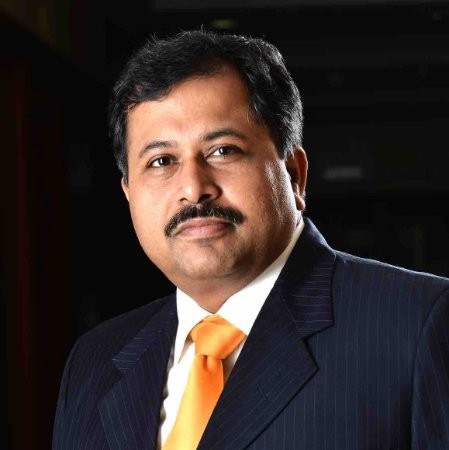
Joy Chakraborty , COO, P. D. Hinduja Hospital & Medical Research Center
“The increased focus on medical education through setting up of new nursing colleges and multidisciplinary courses for medical devices is a welcome move. This will help in improving our nurse-to-patient ratio and also add to the resource pool of skilled healthcare technicians. India is moving towards increased adoption of technology in healthcare and the creation of AI-based centre of excellence for healthcare will be fruitful in accelerating this trend. The focus on R&D in drugs and pharmaceuticals has potential to spur innovation, make India a global leader in this field. The mission to eliminate sickle anaemia laudable and much needed for the country. This program can play a critical role in the development and implementation of future programs focused on the prevention and management of non-communicable diseases that are expected to contribute more than 75% of India’s burden by 2025. Focus on Green Growth and Urban Sanitization are good preventive measures to improve the overall health of the people. Since Tourism is given importance, hopefully the Medial Value Tourism will also get some boost in its business. However, the industry was expecting a lot more in terms of tax incentives and exemptions, health insurance coverage to reduce the overall cost of healthcare for the patients along with increased exemption for preventive health check-ups. ”
………………………………………………………………………………………………………………………………………………………………………………………………………………………………………………………………………………….
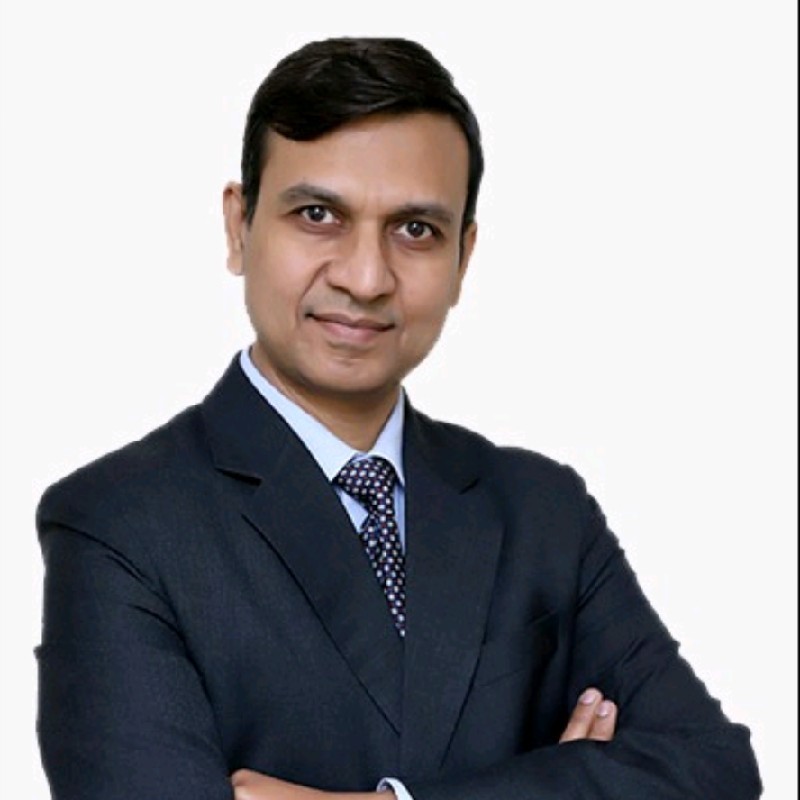
Dr. Sundeep Jain, GI & HPB Surgeon, at Fortis Hospital Jaipur and Founder of Abdominal Cancer Trust
“Amid shortage of nursing staff at healthcare facilities, the initiative to start new nursing colleges across 157 medical colleges is a welcome step that will improve the work-life balance of the existing nursing staff. Ideally, a nurse should cater to six beds but there are instances when they end up looking at 20 beds or more at times impacting the quality of patient care they can offer.
Moreover, beyond patient care, these colleges must also provide skilled training towards patient navigation particularly for cancer patients for addressing the diverse needs in the complex, multi-step medical system. The curriculum for nurses should be such that they are able to navigate the modern day oncology patients among others seamlessly through diagnosis, treatment, cure, survival; and serve special needs of palliation.”
………………………………………………………………………………………………………………………………………………………………………………………………………………………………………………………………………………….

Dhritimay Dhar, Vice President- Sales & Marketing -India & South Asia, Dräger
It is encouraging to see plans in this year’s annual budget to bolster healthcare infrastructure in the country as it depicts the Indian government’s commitment of creating a holistic healthcare system. A significant increase in nursing and medical colleges, strong emphasis on promoting innovation and R&D, and PPP in healthcare and med-tech specialized workforce will lay a stronger roadmap for the future. Also, the announcement to establish three Centers of excellence for artificial intelligence to enable ‘Make AI for India’ and ‘Make AI work for India’ will be a significant step in building a robust healthcare ecosystem.
Since the pandemic and its aftermath, major disruptions have intensified the increased requirement for a robust hospital infrastructure that is efficient and connected. At Dräger, we have set ourselves the goal of not only enabling better patient outcomes but also helping doctors with enhanced diagnostic capabilities by automating routine work and therapy processes. Our industry stewardship in hospital infrastructure along with our pioneering technology device capabilities uniquely positions us to redefine and empower India’s future for multifaceted healthcare. We achieve this by using solutions based on the networking and intelligent interaction of medical technology in critical care. Overall, as a company we are well-positioned to support the increased emphasis on R&D and a vision for connected healthcare to redefine the overall healthcare landscape and achieve a holistic care continuum.


